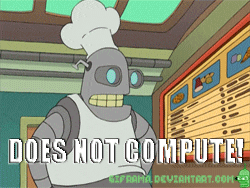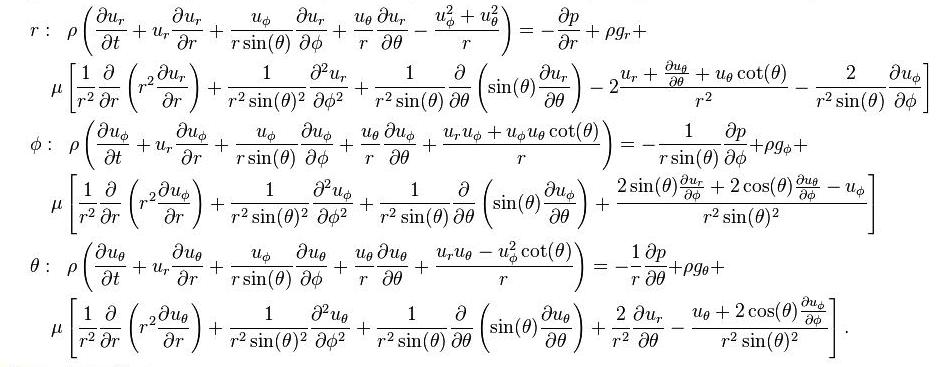- 1,325

- England
- Doomotron
That's what makes the question hard! The answer is yes. Follow me here.
So we know that Z is 26, A is 1, and X is 24. We're asked to take the following as premises:
A=1
Z=26
X=24
Z-A=X
Our first step of logical evaluation is then to substitute the number for the letters
26-1=24
Consolidating, that's:
25=24
Here, we've shown a contradiction. That A equals not A. According to the principle of explosion, anything follows a contradiction. So we can conclude A+Z=X, or anything we'd like from these contradictory premises. That's not as hard as the navier stokes equations though.
I'm not answering a question in this post, it's too early in the morning and I haven't had some coffee yet, but @Danoff , you still haven't read my original post properly. I am literally re-skinning numbers as letters, so if you go past 9 (Or more like 26), you get double numbers (10), or in this case AA as there is no 0.




 And the solution wouldn't be that exciting at all, the way of solving and the tools developed for that would be way more exciting -- just like the problems presented here. The solution can be easily checked once you found it (hopefully not with googling), but the excitement while working up your way to a solution is the real kick.
And the solution wouldn't be that exciting at all, the way of solving and the tools developed for that would be way more exciting -- just like the problems presented here. The solution can be easily checked once you found it (hopefully not with googling), but the excitement while working up your way to a solution is the real kick.  I hated these assignments in school, so many ways to make errors in the calculation steps, and if the answers were not integers you knew you made a mistake in your calculation.
I hated these assignments in school, so many ways to make errors in the calculation steps, and if the answers were not integers you knew you made a mistake in your calculation.  Hooray for computer algebra systems, computers are made for that kind of questions! 👍
Hooray for computer algebra systems, computers are made for that kind of questions! 👍